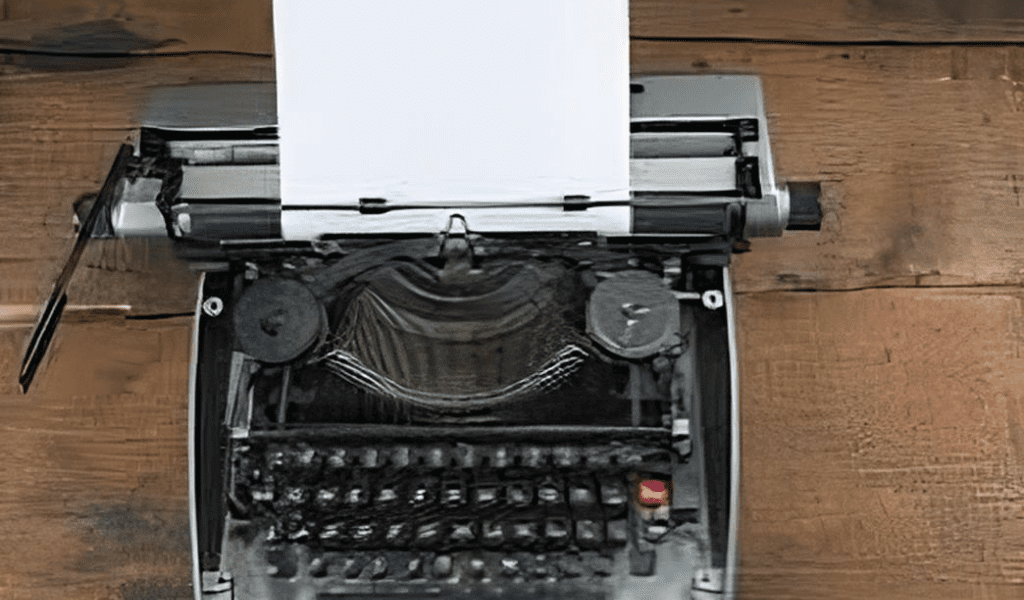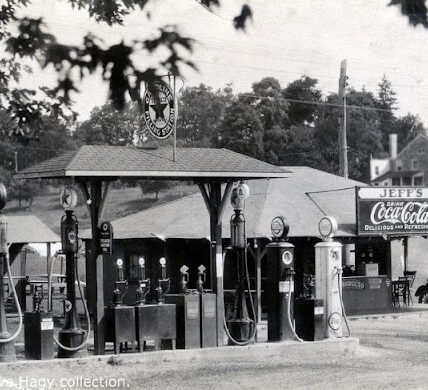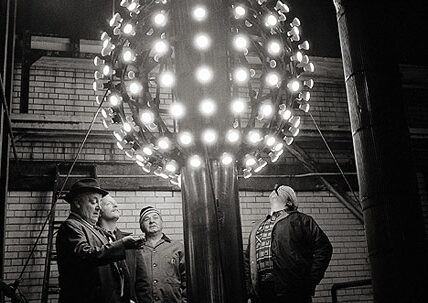In a world dominated by sleek laptops and digital screens, the humble typewriter stands as a relic of a bygone era, yet it continues to captivate writers and enthusiasts alike. With its rhythmic clacking and tactile feedback, the typewriter offers a tangible connection to the written word that modern technology just can’t replicate. But what makes the typewriter so enduring, and why does it still appeal in today’s digital age? Let’s explore the history, impact, and lasting allure of this iconic machine.
A Journey Through Time: The Fascinating History of the Typewriter
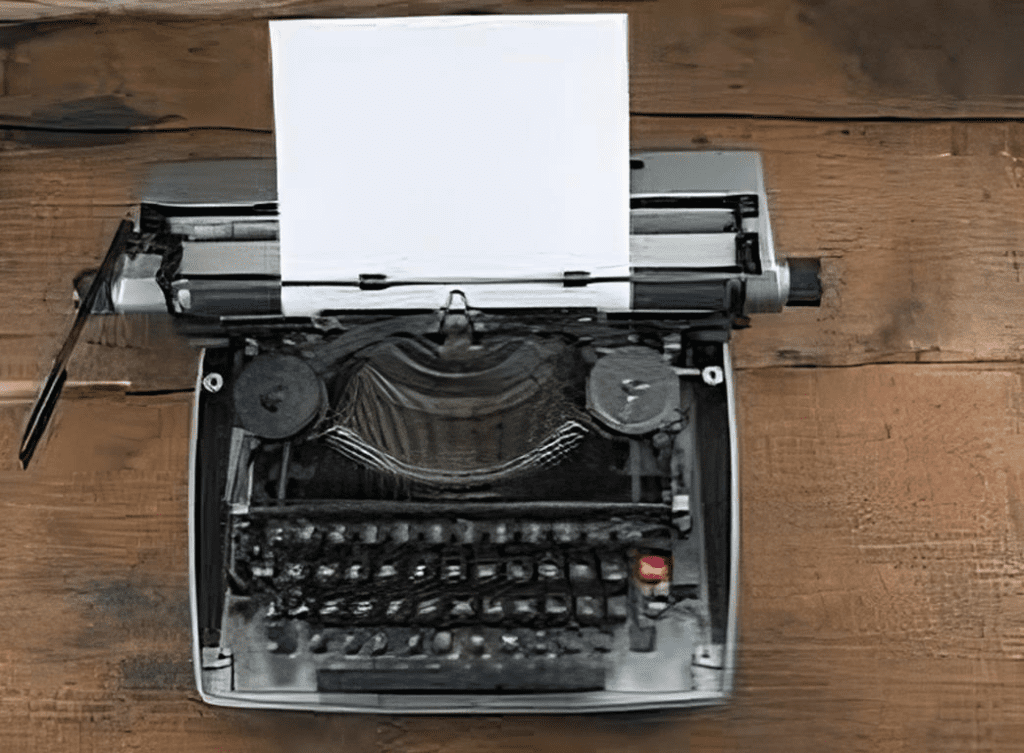
The story of the typewriter dates back to the early 19th century, when inventors around the globe sought to create a machine capable of producing text mechanically. In 1874, the Sholes and Glidden typewriter, developed by Christopher Latham Sholes, made its debut as the first commercially successful model. This machine, equipped with the now-familiar QWERTY keyboard, laid the groundwork for future typewriters and continues to influence the design of keyboards to this day.
As the typewriter evolved, brands like Remington, Underwood, and Royal introduced models that became staples in homes, offices, and newsrooms. By the 20th century, typewriters were an essential tool for journalists, writers, and office workers, serving as the primary means of document creation before the rise of computers.
Why Typewriters Remain Relevant in the Digital Age
Despite the rapid advancement of technology, the typewriter holds a special place in the hearts of many. What keeps this antique machine relevant? Let’s dive into the factors behind its timeless appeal.
A Physical Connection to Words
Unlike digital keyboards, typewriters demand a certain physicality. Each key press requires effort, creating a sense of connection to the words as they appear on the page. This tactile feedback encourages a more deliberate approach to writing, helping many writers slow down and choose each word thoughtfully. For some, it’s a refreshing departure from the rapid, often distracted pace of typing on a modern device.
Freedom from Digital Distractions
In today’s hyperconnected world, a simple notification can pull us out of our creative flow. A typewriter offers a completely offline experience—no internet, no social media, no email alerts. It’s just you, the keys, and the page. This undistracted environment allows for deeper concentration and can lead to a more productive and satisfying writing experience.
Aesthetic Appeal and Nostalgia
There’s no denying the typewriter’s beauty. From intricate mechanisms to polished finishes, vintage typewriters are pieces of functional art. For many enthusiasts, the typewriter evokes a sense of nostalgia and connection to an era when writing was both an art and a craft. Today, typewriters are as popular for their decorative charm as they are for their use, with collectors often displaying them proudly as conversation pieces and symbols of creativity.
The Unique Experience of Writing on a Typewriter
Writing on a typewriter is more than just putting words on paper; it’s an experience. Each “clack” of the keys and the satisfying “ding” at the end of a line make for a distinct, immersive journey in writing. Here’s why the typewriter experience remains unmatched.
Embracing Mistakes as Part of the Journey
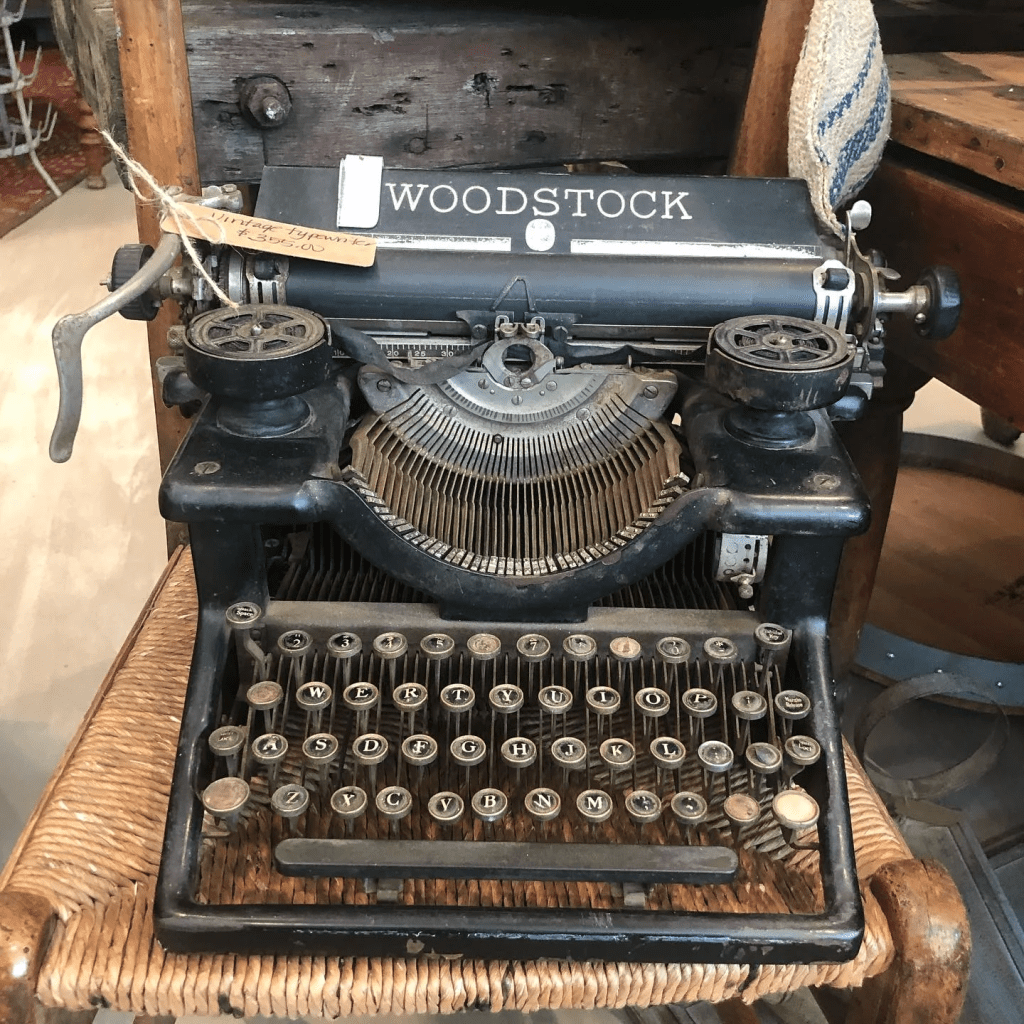
On a typewriter, there’s no backspace or easy correction. Mistakes are visible, and each typo or correction becomes part of the process. Many writers find this aspect liberating, as it removes the pressure of perfection. Every page captures the writer’s journey, complete with revisions and adjustments, creating a finished product that feels authentic and unfiltered.
A Slower, More Intentional Process
The mechanics of a typewriter encourage writers to slow down and focus. Each keystroke requires a conscious effort, which can lead to more thoughtful word choices and deliberate sentences. This slower pace is almost meditative, helping writers connect with their thoughts and ideas on a deeper level.
Typewriters as Collectible Treasures and Home Decor
In recent years, vintage typewriters have become highly sought-after as collectible items. Enthusiasts search for models from iconic brands, valuing them not only for their function but also for their historical significance and craftsmanship. Each typewriter tells a story of the era it came from, and owning one feels like holding a piece of literary history.
Beyond collecting, typewriters are also prized as decor. Many people use typewriters to add a touch of nostalgia to their homes, placing them on desks, shelves, or side tables as an homage to the art of writing. A typewriter’s presence in a room can inspire creativity and spark conversation, serving as a reminder of the beauty and importance of the written word.
How Typewriters Fuel Creative Writing and Originality
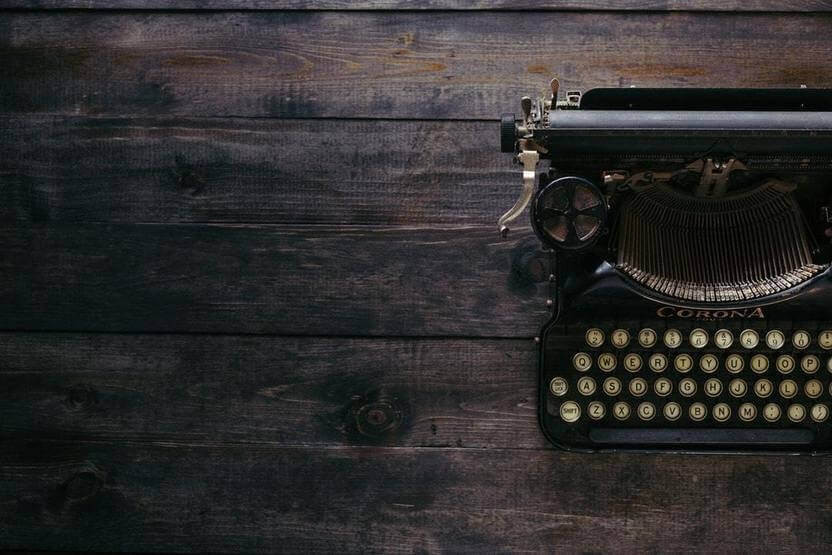
For writers, poets, and artists, typewriters can be a source of inspiration and a unique tool for creativity. The lack of digital editing tools encourages writers to consider each word carefully before committing it to the page. Here’s how this can enhance the creative process.
Flow Over Perfection
Without easy editing options, typewriters encourage writers to focus on the flow of their ideas rather than achieving perfection in every sentence. This freedom allows for stream-of-consciousness writing that feels genuine and unfiltered, often resulting in a more authentic voice.
Encouraging Bold Experimentation
With limited editing capabilities, writers using a typewriter often feel freer to explore ideas without self-censorship. Each line’s permanence fosters a bolder approach to creativity, allowing for unpolished, raw expression. The typewriter becomes a safe space to test ideas and develop a unique, personal style.
The Typewriter’s Influence in Modern Media and Pop Culture
Typewriters have made a striking comeback in modern media, frequently appearing in movies, TV shows, and music videos as symbols of creativity and nostalgia. The classic “click-clack” of a typewriter evokes an atmosphere of intellectualism and artistry, often associated with writers, journalists, or detectives.
Beyond film and TV, typewriters are iconic in retro style and social media, symbolizing a longing for a slower, simpler world. For many, the typewriter represents an escape from the fast-paced digital age, where writing was a slower, more deliberate act, and creativity flourished.
Conclusion: The Typewriter’s Lasting Legacy
The typewriter is more than just a machine; it’s a symbol of craftsmanship, creativity, and resilience. In a world of rapid technological advancements, the typewriter offers a comforting, tactile experience that connects us to the roots of written expression. Whether as a creative tool, a collectible, or a decorative object, the typewriter continues to inspire and captivate with its enduring charm.
For writers, the typewriter serves as a reminder to slow down, embrace imperfections, and enjoy the journey of creating something meaningful. The next time you see a typewriter, take a moment to appreciate its legacy—it’s not just a relic of the past, but a timeless artifact that celebrates the art of writing in its purest, most intentional form.
